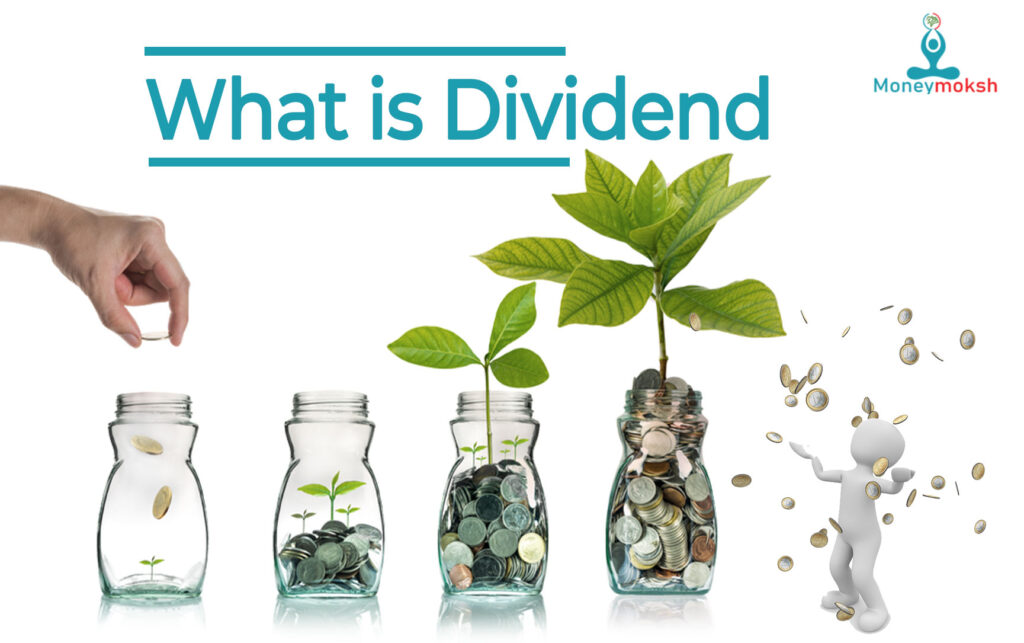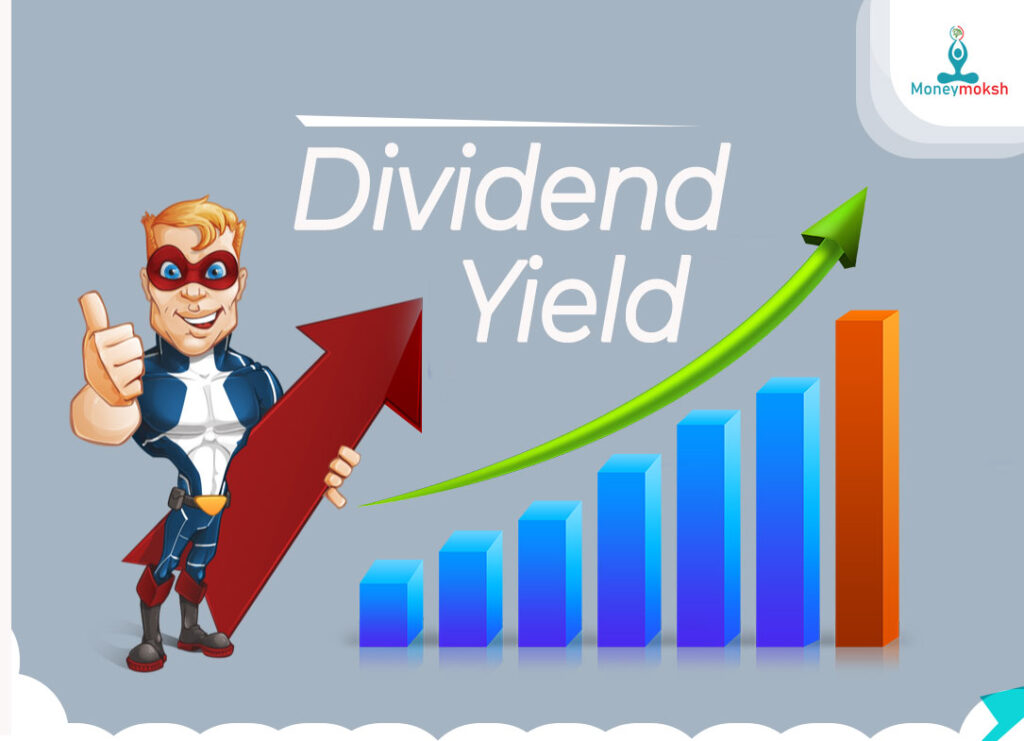What is a Dividend & How to Get it?

A Dividend is a payment that the shareholders receive from a company’s earnings. When a company is profitable, management can choose to reinvest profits to help grow the business or distribute those profits to shareholders in the form of dividends.
Dividends come in several forms, but the most common is cash, which is deposited into shareholders’ investment accounts. For example, if a company declares a $0.30 dividend and you own 100 shares, you’ll receive $30. Typically, mature companies with strong cash flows are more likely to pay dividends.
How Does Dividend work
Many investors seek the income associated with Dividends and often view them as a sign of strength and positive expectations for future earnings. Companies often pay dividends quarterly; however, some pay semi-annually or annually. Keep in mind, that companies aren’t obligated to pay a dividend and can reduce or stop paying it at any time.
You should also be aware that simply owning stock on the day its dividend is paid doesn’t necessarily mean you’ll receive the dividend. You must be a shareholder earlier, on what’s called the Record date. Because stock transactions take a few days to clear, and to ensure the accurate allocation of dividends, there is a cut-off prior to the record date called the ex-dividend date.
Those who buy the stock on or after the ex-dividend date are not eligible to receive the upcoming dividend. The important thing to remember is that you typically need to purchase a stock at least a couple of days before the record date to officially own it in time to be eligible to receive the dividend.
The number of days between the record date and the day the dividend is paid varies from company to company but is often between one and six weeks. Instead of receiving dividends as cash, you can also opt for an automatic dividend reinvestment plan, or DRIP, for eligible securities. With a DRIP, dividends are automatically used to purchase additional shares. This allows investors to accumulate more shares over time and can potentially compound returns but also increases portfolio risk. Some investors specifically seek out and invest in dividend-paying stocks. Dividend stocks can provide income and potentially enhance a portfolio’s overall returns.
Investors can measure the percentage return from dividend income using Dividend yield.
Dividend Yield
Yield is the percent return of an asset paid over one year. For dividend stocks, the yield is the sum of the last four quarterly dividends divided by the price of the stock multiplied by 100. Let’s look at an example. Say there’s a $30 stock that over the past four quarters paid dividends of $0.20, $0.20, $0.20, and $0.18, totaling $0.78 per share. This means the stock has a dividend yield of 2.6%.

Dividend yield essentially tells you how much return you’re getting for the price of the stock. It also allows you to compare the dividends of stocks with different prices, as well as other interest-bearing securities, like bonds or CDs. For example, if investors were faced with the decision to purchase a bond yielding 1.5% or a stock with a dividend yield of 2.6%, they may potentially choose the latter.
In addition to potentially higher yield, many investors look for consistent and growing dividends over time as an indication of company health and the likelihood of paying future dividends. Although dividend stocks have many benefits, they do have some unique risks. Because they’re often considered an alternative to interest-paying securities,
Dividend stocks are vulnerable to changes in interest rates. In a rising rate environment, investors might sell dividend stocks and shift money into other securities yielding a higher return. It’s also important to remember that dividends aren’t guaranteed. Companies that pay unusually high dividends may not be able to sustain them, and if dividends are cut, it might send the stock price tumbling. Despite these risks, dividend-paying stocks tend to provide income while still allowing for the potential of stock price appreciation.
Important Dates to Get Guaranteed Dividend
Whenever you hear a company declaring a dividend, there are many dates linked to them.
Dividend Declaration Date
The first date is the Dividend Declaration Date, the board of directors announces the dividend with its amount. Other than this there are two dates naming record date and payment date and the company announces these dates simultaneously.
Record Date
The record date is the date on which the investors should be in the records of the company’s shareholders if they want a dividend means that if the record date is 5th March and on this day a particular person is in the list of the company’s shareholders, he will get the dividend but here comes a problem, whenever you buy a share you receive it after T+2 days meaning you have to wait for 2 trading days to receive it.
Ex-Dividend Date
The Ex-Dividend Date is the date that is set two days prior to the record date. So, if an investor wants the dividend, they need to purchase the shares before the ex-dividend date so that on the record date, the name of the investor is on the list.
Dividend Payment Date
The fourth date is the dividend payment date and on this date, the dividend is paid to the shareholders whenever a company declares a dividend, they tell you if it’s interim or final.
The interim dividend is the one that is announced during the financial year This dividend can be taken back with the consent of the shareholders.
The final dividend is the one that is given out after the closing of the financial year and is announced at the company’s annual general meeting. By this time, the year-end financials of the company are prepared and they cannot be taken back.

Disclaimer- This Website and related pages are only for information, educational & learning assistance. Please consult your financial advisor for assistance before investing. Personal opinion only for reviews, feedback, and educational purpose. We are not SEBI registered.

